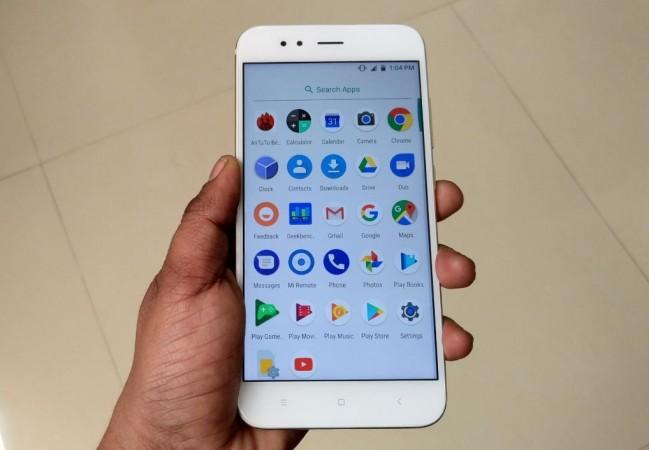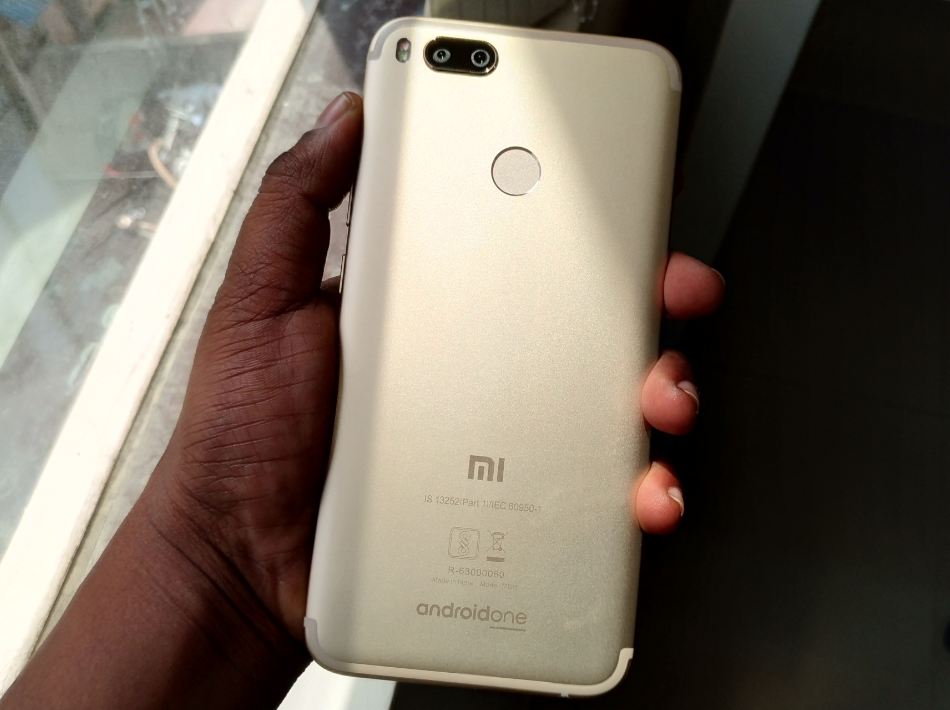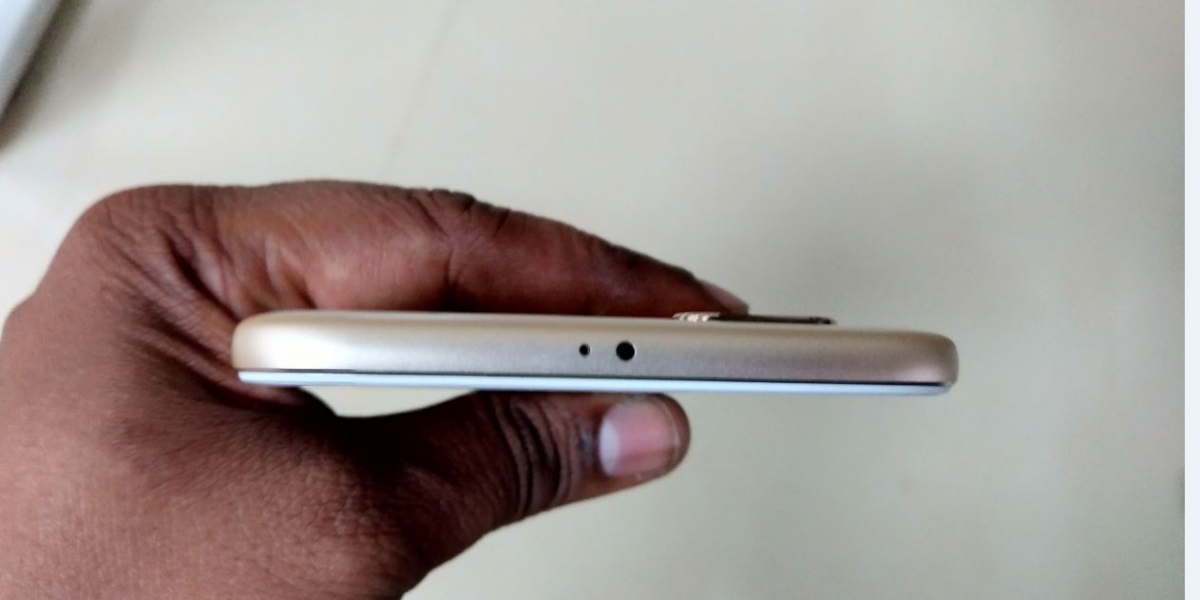In 2014, Google, in bid to increase its global mobile OS marketshare, embarked on a new venture dubbed as the 'Android One'. The search giant collaborated with third-party OEMs (Original Equipment Manufacturers) to build and sell affordable mobile phones with pure Android.
Google kicked off its ambitious goal of reaching the next billion users by debuting the Android One series in India and later in other emerging markets where a huge chunk of the population was in a transitional phase of embracing smartphones for the first time. But, it failed in epic proportions, as the phones lacked decent hardware and build quality was of abysmally low-grade.
Also read: GITEX 2017: TCL debuts water-resistant BlackBerry Motion with massive battery; all you need to know
However, Xiaomi, which made its foray into the burgeoning Indian market at the very same time-frame grew at an astronomical rate and continues to do even today.
What's making Xiaomi the unstoppable?
Well, there's no secret marketing strategy at all. Xiaomi is a street-smart company which made great phones with the latest hardware and sold them for bare-minimum profits. Soon, the device capabilities impressed the youth, who also happens to be internet savvy and the word-of-mouth appreciation spread like a wildfire on social media platforms and the rest is history.
Xiaomi—Android One, a match made in heaven
Though Xiaomi initially believed that the company's highly customised MIUI was more feature-rich than the stock Android, it never managed to find tractions among pure Android enthusiasts and they continued to flock Motorola (later Nokia and Lenovo too embraced the same strategy) branded phones.
Now that Xiaomi has finally collaborated with Google's Android One team for the Mi A1 series, it's a win-win situation for the both the companies.
Both will be able to attract more patrons, particularly the niche customers who crave for the pure Android experience and good hardware.
So, how good is Xiaomi Mi A1 Android One phone series? Will it realise Google's dream of reaching the next billion? Let's check.
Design and display (4.5/5)
The Mi A1 review unit we received came with visually appealing gold coat and flaunts a gorgeous and sleek uni-body design language. Unlike the popular Redmi Note 4, which has plastic caps top and the bottom of the shell, the new phone boasts full metallic cover on the back.
It is well-crafted and beautifully blends with the front panel at the chassis. When held in hand, we can feel the premium quality of the material. Since the cover is too smooth and has a slim profile, it will be a challenge for users with butter fingers; for them, we advise to get a shell-guard on the back for better grip and extra protection to prevent the metallic-device from getting dents in case of an accidental fall.

On the front, the Mi A1 features curved 2.5D Gorilla Glass cover, which not only adds value to the visual appeal but also protects the screen from getting scratches.
On the right, it houses power and volume rockers, whereas the left side, it features hybrid SIM tray (SIM-1/SIM-2 or microSD card).
At the bottom, it houses 3.5mm audio jack to the right with a mic, a Type C USB cable in the centre with two screws on the each side and single-grille speakers on the extreme right.
On the top, it features a mic and IR Blaster, which will enable user to control smart connected devices such as ACs and act as universal remote for smart TVs.
As far as the display is concerned, the Mi A1 comes with a 5.5-inch screen with full HD (1920x1080p) resolution. Viewing high resolution videos was a delightful experience and even legibility in the bright outdoor condition is quite good on the Mi A1's display. It also comes with back-lit sensitive capacitive buttons-back, home and recents.
Performance (4/5)
Xiaomi Mi A1 comes with a standard mid-range phone configuration having Qualcomm's Snapdragon 625 octa-core, 4GB RAM and a 64GB internal storage.
During our tests, the Android One mobile fared well; be it launching of apps, or playing games and there was no hint of over-heating issue and we believe the dual pyrolytic graphite sheets on the shell had some role in it. During the launch, the company had claimed that it is using the aforementioned coating so that if the phone does get little hot, it would mitigate the heat quickly and decrease temperatures by at least 2 degrees.
On the AnTuTu benchmark app, it scored an admirable (for a mid-range category) 63,207 points. We also tested it on Geekbench v4.0, and the Mi A1 got 862 and 4,090 points in terms of single-core and multi-core tests, respectively.

The highlight of the feature-rich Mi A1 is that it comes with stock OS with no custom UI on top of it. Being an Android purist myself (former owner of Motorola X 1st Gen and 2015-series Moto X Play), I had a delightful time operating the phone. The Mi A1 owner will be happy to know that Android Oreo is coming soon to the device and guess what, it will be one of the first to get next generation Android P OS version in 2018.
Only non-Google apps it has are Mi Camera app, Mi Store, Mi Remote (uses IR Blaster to control connected devices) and feedback app, which will enable users to send remarks on experience or report any bugs to the company's software team.
Camera (4.5/5)
Besides pure Android experience, camera hardware is the next best thing in the Xiaomi Mi A1.

It houses 12MP wide-angle camera + 12MP Telephoto camera having OV series sensor, dual-tone LED flash, optical zoom, full HD video recording, optical zoom, Bokeh effect via Portrait mode and 4K video recording capability.
As far as the camera performance is concerned, it does not disappoint at all and in our opinion, the Mi A1 (Rs. 14,999) is undoubtedly the best camera phone in the sub-Rs. 20,000 category. Mi A1's dual 12MP snappers took stunning images in the bright light conditions and also aced the Bokeh blur effect in flying colours. They snaps were better than those taken by several devices priced above Rs. 20,000.
At night, the image quality was not great, however they are much better than several rivals in its price-range.
On the front, it comes packed with a decent 5MP selfie camera and the lens is wide enough to capture a big group of people for wefies.
Battery (4/5)
Mi A1 comes with a standard 3,080mAh battery and during our trials, I used the device for one week and it consistently lasted the whole day (Active hours: 5:00 am to 10:00 pm).
The tasks involved making/answering calls for 30-45 minutes a day, and since I commute via public transit, I keep myself busy (almost two and half hours) with web browsing that includes checking Facebook newsfeed, Google Cards and I also watched cricket highlights videos. So, all-in-all, 3,080mAh battery is more enough to last a full day under mixed usage.
Another interesting thing about the Mi A1 is that it comes with custom 380V charger, which the company claims will help the device handle the frequent power spikes.
Final verdict (4.5)
Xiaomi Mi A1 is undoubtedly the best Android One series to date. It has a praise worthy build quality, the cameras are top-notch, at least in the in sub-Rs. 20,000 category, and the pure Android experience with the guarantee of Android P update in 2018 is like an icing on the cake.
Though we are not sure if Google will be able to reach the next billion users with the Mi A1 series, we are certain that this Android One series will reach the next million at least here in India and possibly more by the end of 2017.
Having said that, Xiaomi Mi A1 has set a new benchmark for Android One series, and if Google manages to implement the similar strategy in other emerging and developing markets, the next billion Android user-base target won't be a daunting task after all. And, Xiaomi's brand visibility will rise in more countries for sure.
Pros:
- Gorgeous design and sturdy build quality
- Impressive camera under-Rs 20,000 category
- Pure Android experience (and guaranteed to get Android P in 2018)
- Unlimited cloud storages for high-resolution photos
Cons:
- A select few of IBT Tech team wished the Mi A1 (3,080mAh) had a bigger battery like the Redmi Note 4 (4,100mAh). But the company, in their bid to add more features, has to compromise. In order to put on dual-camera and make a slimmer body, the company might have cut down on the battery capacity. But, in my opinion, for a phone in the sub-Rs. 15,000, 3,080mAh is quite adequate.



![Xiaomi Mi A1 base with single-grille speaker, Type-C USB port, a mic and 3.5mm audio jack port [From right to left] Xiaomi, Mi A1, Android One, review, camera, design,price, specifications, launch, features](https://data1.ibtimes.co.in/en/full/664577/xiaomi-mi-a1-android-one-review-camera-designprice-specifications-launch-features.jpg?w=1166)



















